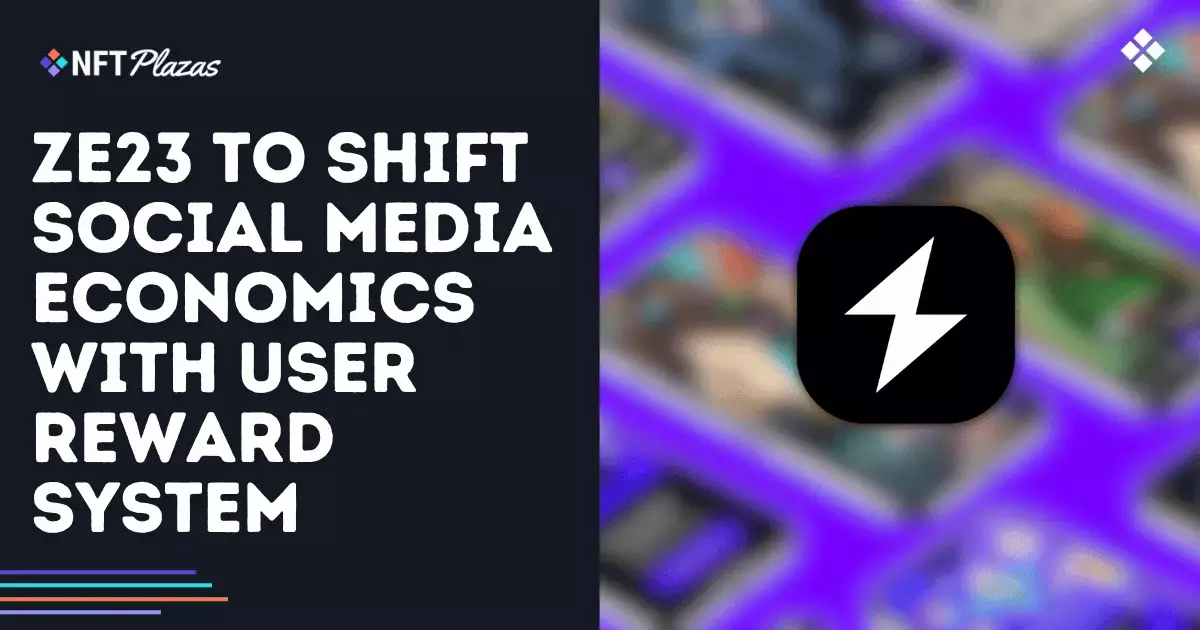The launch of the Solana-based application ZE23 marks a pivotal moment in the social media landscape, dare we say a revolution. This platform emerges as a bold response to the status quo, where traditional social media companies extract vast profits from user-generated content while returning scant benefits to the creators and consumers. ZE23 taps into the frustration felt by countless users who devote time and creativity to online interactions with little to show for it beyond likes and followers.
By implementing a reward system that compensates users for their engagement, ZE23 is not merely masking an inherent problem; it is addressing a long-simmering dissatisfaction. Imagine being financially rewarded for the hours spent scrolling through feeds, sharing opinions, and creating content—this is the vision ZE23 aims to turn into reality.
A Radical Shift to Decentralization
While many apps have flirted with decentralization, ZE23 takes it a step further with its “Time Mining” concept, which tracks user activity down to the second. Every moment spent on the app earns users $Z3 tokens, which can be used for various purposes within the platform—from boosting post visibility to advertising campaigns. Such a structure truly exemplifies the potential of the decentralized web by shifting the economics of engagement from exploitative practices to value creation shared across all participants.
The earnest allocation of rewards—50% for viewers, 40% for creators, and a mere 10% for operational costs—speaks volumes about the platform’s commitment to equitable distribution. It’s a refreshing change from the norms of contemporary social media, where the lion’s share of profits consistently flows to corporate coffers.
The Potential Pitfalls and Considerations
Yet, while ZE23 flashes the potential to disrupt, it is not without its challenges. The presale phase raises questions about long-term user adoption and, more critically, how the platform can maintain user engagement past initial novelty. A reliance on token rewards can also lead to oversaturation if not managed wisely. Will users stay engaged once the initial allure of earning tokens diminishes?
Moreover, the complexities of crypto involvement may dissuade mainstream users. While the technologically savvy crowd may revel in the chance to earn $Z3 tokens, everyday users might find the entire mechanism daunting. For ZE23 to break into wider consciousness, it will need to prioritize user education without complicating the onboarding process.
More Than Just Trends—Creating Lasting Value
Ultimately, ZE23 is not just riding the current trends; it is making a statement about how online interaction should work. It’s about time the tech giants begin compensating those who fuel their empires instead of fattening their bank accounts while users remain in the shadows. By offering a reward-driven structure, ZE23 hints at a future where social media aligns more closely with user interests, cultivating a more symbiotic relationship.
As this innovative platform gathers steam, we should watch closely—not just out of curiosity, but because rock-solid changes like ZE23’s model may set the standard for what we expect from social media in the years to come. It’s a bold stance worth our attention, and who knows? It may just be the catalyst that inspires other platforms to participate in the same evolution.


Leave a Reply